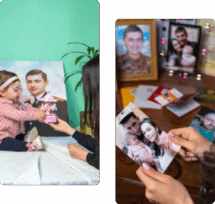By Artsvi Bakhchinyan
Special to the Mirror-Spectator
YEREVAN — Many consider Gayane Khachaturian the greatest of Armenian female artist ever. The late painter and graphic artist, who was born and lived all her life in Georgia, remained an Armenian artist (even if there is nothing particularly Armenian in her works), being a part of the Armenian fine art family and signing her paintings in Armenian.
Armenia and Armenians have appreciated Gayane Khachaturian from the very beginning of her career. She was just 20 when another noted Armenian artist from Georgia, Alexander Bazhbeuk-Melikyan, supported her endeavors, while the patriarch of Armenian painting, Martiros Saryan, appreciated her works very much.
Meeting Sergei Paradjanov was a turning point in Gayane’s life. Two extraordinary Tiflis-Armenians, both unusually talented and “alien,” were kindred souls. “Gayane is a shamaness, who creates her amazing world of magic,” Paradjanov said.
At his initiative, in 1967, her first non-official exhibition was opened in Yerevan, followed by official exhibitions in Moscow and Tbilisi. Outside the USSR, the Calouste Gulbenkian Foundation organized her personal and group exhibitions in Lisbon, Beirut and cities of France.









